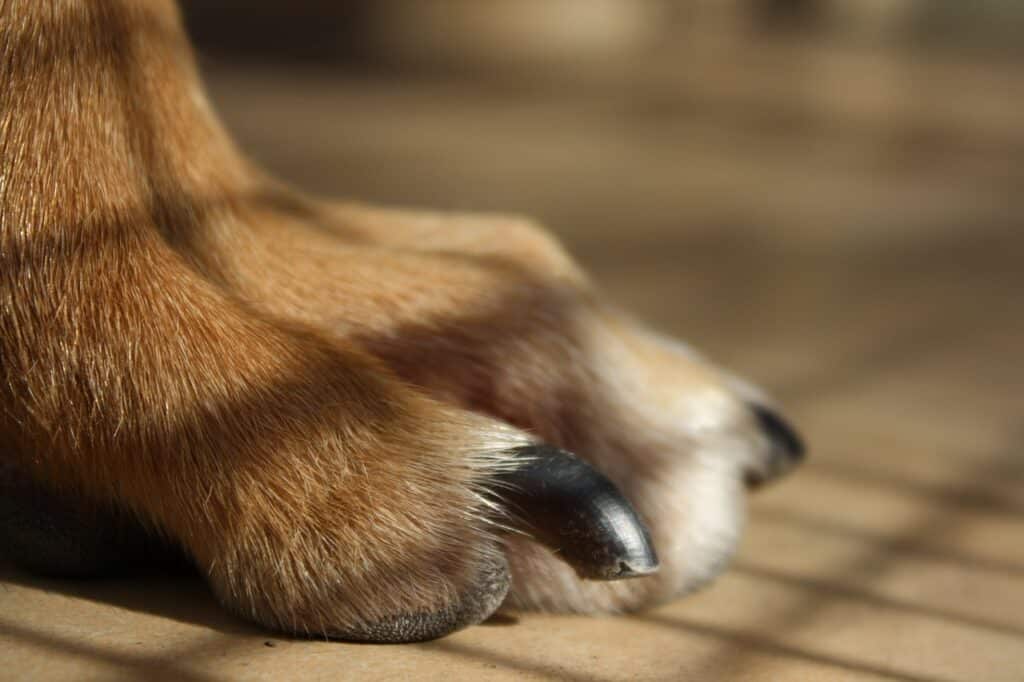Nail trimming is an essential part of dog care, yet it can be a daunting task for both pet and pet parent, especially if your dog has a history of discomfort or fear associated with it. Keeping your dog’s nails short is crucial for their overall health and mobility, particularly for those recovering from surgery or prone to joint issues. Here’s a comprehensive guide to making nail trimming a stress-free experience using desensitization and counterconditioning techniques.
Understand the Importance
Long nails can alter a dog’s walking gait and posture, leading to discomfort and potential exacerbation of existing health issues. It’s imperative to keep your dog’s nails at an appropriate length to ensure their well-being.

Start with Desensitization
The first step to a successful nail trimming routine is to desensitize your dog to the sound and sight of the nail trimming tools, be it clippers or a Dremel tool. Many dogs are initially fearful of these items due to unfamiliar sounds or previous negative experiences.
- Associate Tools with Positive Experiences: Introduce the sound of the nail trimmer (e.g., a Dremel tool) during positive moments such as meal times. By turning on the tool before feeding, your dog will start associating the sound with the pleasant experience of eating. Keep the tool at a distance initially, gradually bringing it closer as your dog becomes more comfortable.
- Progress Slowly: Once your dog shows no signs of stress with the sound of the tool, you can begin to introduce the concept of physical contact while the tool is on. Start with gentle touches away from the paws, like on the shoulders, and gradually move closer to the paws over several sessions.
Implement Counterconditioning
Counterconditioning involves changing your dog’s emotional response to nail trimming from fear to neutral or even positive.
- Use Treats: Engage your dog with high-value treats or a licking mat with some tasty paste on it. This eating or licking not only keeps them occupied but also creates a positive association with the nail trimming process.
- Touch and Reward: With the distraction in place, start by touching your dog’s paws gently. Reward calm behavior immediately with treats and praise. Over time, your dog will learn that paw handling leads to good things.
- Introduce the Tool: Once your dog is comfortable with paw handling, introduce the nail trimmer tool without actually trimming the nails. Let them sniff and inspect the tool while enjoying their treat. This helps in further reducing fear.
Begin the Trimming Process
When your dog shows comfort with the presence of the tool and touch, you can start the actual trimming process.
- Start Small: Begin with just touching the trimmer to a nail for a second then reward. Gradually increase the duration as your dog becomes more comfortable, but always stop before they show signs of discomfort.
- Respect Their Limits: It’s crucial to watch for signs of stress or discomfort. If your dog pulls away, let them. It’s a sign they need a break. Trying again later or another day is better than pushing and creating a negative association.
- Stable Support: Make sure your dog is standing or lying on a stable surface. Support their joints and body to make them feel secure during the trimming.
